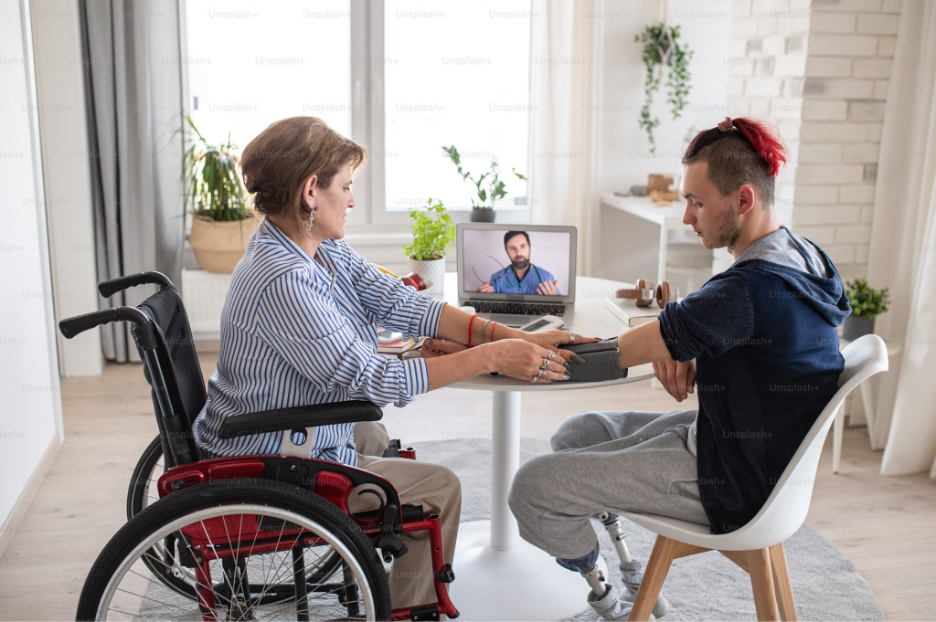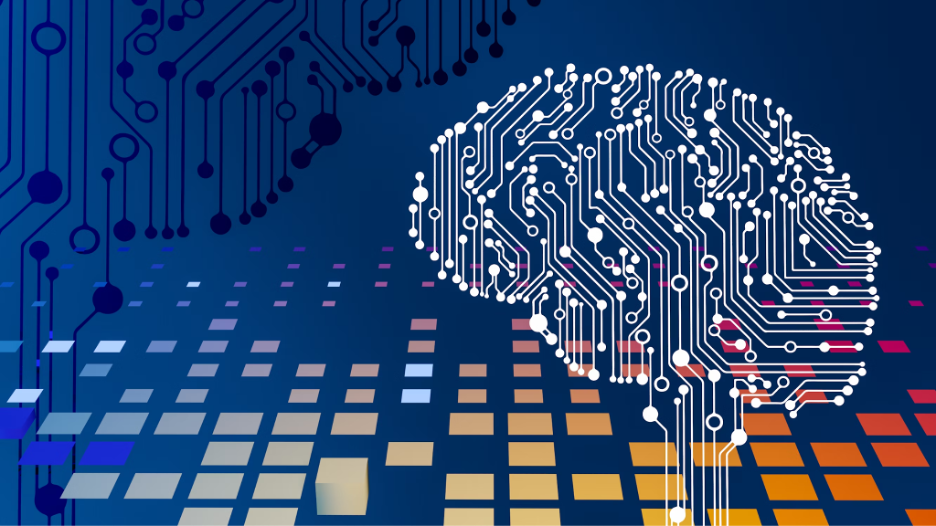
Healthcare needs tech more than perhaps any other industry. Saturated with high prices, a constant demand for more employees, and rife with unanswered questions and unsolved problems, surely medicine stands to gain from new advances in technology.
Fortunately, it has. Every day, new technologies come to market that help people in some new way, whether it's diagnosing a new illness, applying a new treatment, helping someone get an online MSN FNP, or making life easier for people who fall prey to chronic disability or hardship as a result of an illness - many of society’s longest-suffering members gain new capabilities and insights as a result of cutting-edge technology.
Telemedicine

Not all of it feels cutting-edge anymore. Some of the most meaningful advances in medicine have come about through the technologies we use every day. The ubiquity of video chat services, like Zoom and WhatsApp, has made it easier than ever to attend a doctor's appointment—and to be a doctor, too.
Telehealth has been a game changer for patients and providers alike, especially those living in rural areas who might not otherwise be able to find or maintain a sustainable practice so easily. Mental health patients are some of the primary beneficiaries here, as mental health professionals are not always as easy to access in remote areas. People with disabilities that affect their mobility or ability to drive have also been helped massively by the universal availability of a smartphone with a camera and internet connection.
But telemedicine isn't just about video chatting. Provider diagnostic capabilities have been massively enhanced and sometimes reduced in cost by RPM or remote patient monitoring devices. Being able to collect data about patient vital signs like blood pressure, heart rate, body temperature, blood glucose, and weight at a distance allows doctors to gain key insights into their patient's health and the state of their bodies, which can be a major boon in the diagnostic process, monitoring the effectiveness of a new treatment, or tracking the progress of an existing health condition.
And it’s not just about diagnostics, either - treatment is where things get impressive. The combination of remote-controlled robotics and advanced high-speed internet technologies has enabled remote surgery using systems like the Da Vinci robot. Surgeons are both expensive and rare - especially those who focus on the most difficult specialties like brain or heart surgery. Sometimes, remote hospitals can’t always afford to have a brain surgeon on staff. With the Da Vinci robot, they don’t have to - they can call one in from far away if needed. This means that patients who might have died waiting for a specialist surgeon can be saved by someone hundreds of miles away, as long as the hospitals have access to the correct technology.
3D Printing

When we think of 3D printing, most of us might think of the kooky maker types who build their own robots or sell knickknacks on Etsy. While these consumer applications of the technology are good fun and can even be profitable, the most advanced applications of 3D printing are making things previously thought impossible a reality—or, at least, more scalable.
In the 20th century, most manufacturing was done en masse. Whether it was cars, furniture, or phones, most of us wound up with goods that are relatively simple and largely similar. This is a product of the concept of industrial design, a product design focused on creating goods that are optimised for mass production. While industrial design has helped raise standards of living across the globe by making products more affordable and widely available, it has also had a negative impact on some people's lives. People with mass-produced prostheses often report that, due to the poor fit of a generic or mass-produced prosthesis, their health is sometimes adversely affected.
With the dawn of 3D printing, prostheses can be custom-designed and built for each patient, often improving outcomes compared to generic alternatives.
Artificial Intelligence

When we think of AI, most of us think of movies like The Matrix, Terminator,Ex Machina, or Her. We imagine walking, talking robots that try to take over the world or wipe out humanity. These days, we hear more and more about controversial AI products like ChatGPT and humanoid robots made by Tesla. While these applications of AI are certainly flashy and easy to start a ruckus over, the reality is that AI is already a part of our daily lives, whether we see it or not - and it's often making the world a better place.
The medical industry is no exception. Artificial intelligence is used in diagnostic processes to perform tasks often prone to human error, like reading X-rays and other scans. These AIs are trained using enormous volumes of scans that they read and use to establish and recognise patterns, which they can then detect in other scans. This has the potential to not only reduce the amount of laborious work done by doctors but also to improve their accuracy—or even their bedside manner.
Blockchain

Blockchain technology is yet another oft-misunderstood technology that normally conjures thoughts of controversial topics - usually Bitcoin and NFTs, the maligned internet tokens that make news headlines. Luckily, blockchain technology is used for much more than cryptocurrencies and tokenised pictures.
At its core, blockchain technology is all about the distributed storage of information and the processes by which it can be used. Some Millennial readers might be familiar with a parallel technology: torrents. Torrents are a peer-to-peer data-sharing service that allows sharing files directly from one computer to another without using a third-party service. Well, a blockchain is essentially a torrent-like service that allows a large network of computers to store, access, and use information according to predefined rules - rules that can ensure, for example, the security of stored information or fairness of access to it, by embedding those rules in the process by which that information is stored, shared, and manipulated, and verifying that all participants in the network are abiding by those rules.
The combination of security and ease of access that blockchain technology can enable has the potential to be a game changer in the storage and transfer of medical data. Legacy electronic health record systems are a highly problematic technology, prone to errors and compromise. Blockchain technology stands poised to offer scalable, secure solutions to this very real logistical and security problem.
Technology is always changing, always improving, and always solving new problems. Medicine, as an industry rife with cost overruns, supply issues, and security concerns, is, and will continue to be, a major beneficiary of technological progress for the foreseeable future—after all, what more noble problems are there to solve than those with the potential to ease suffering and provide comfort to those in ill health?
This article is part of the HealthManagement.org Point-of-View Programme.





